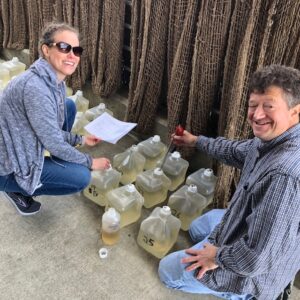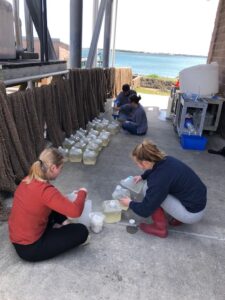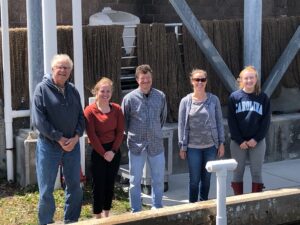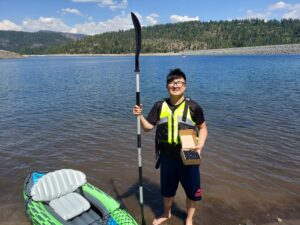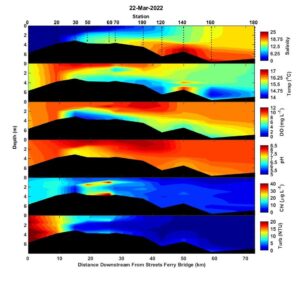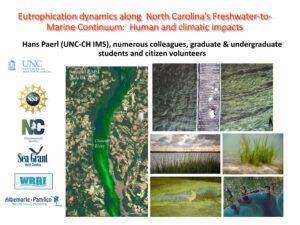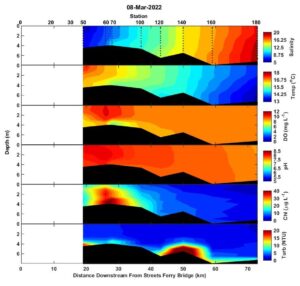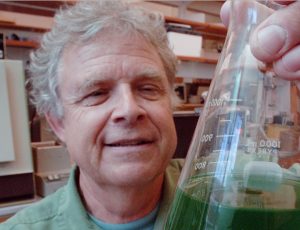The Paerl Lab is conducting a bioassay in collaboration with the Zhao Research Group at NC A&T
It is suspected that dissolved organic nitrogen inputs from land-based waste sources, such as landfills and waste-water treatment plants, may be linked to the recent proliferation of harmful algal bloom forming taxa in North Carolina riverine and estuarine waters, such as the Neuse River. Therefore, this project aims to examine what potential roles dissolved organic nitrogen sources found in landfill leachate could play in algal development and proliferation by conducting in situ nutrient manipulation bioassays.
To read more about this project click here.
Paerl Lab members setting up the bioassay:
